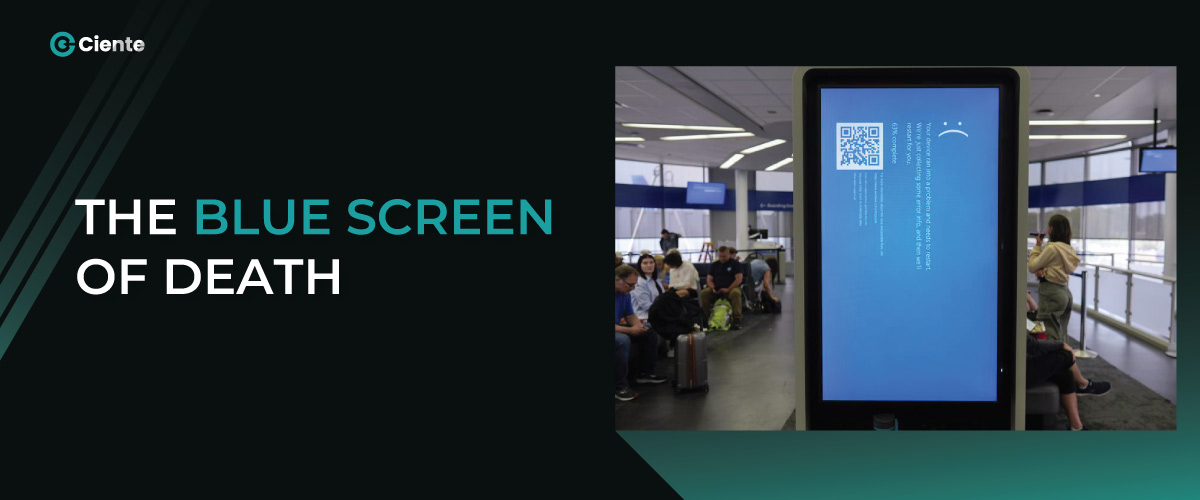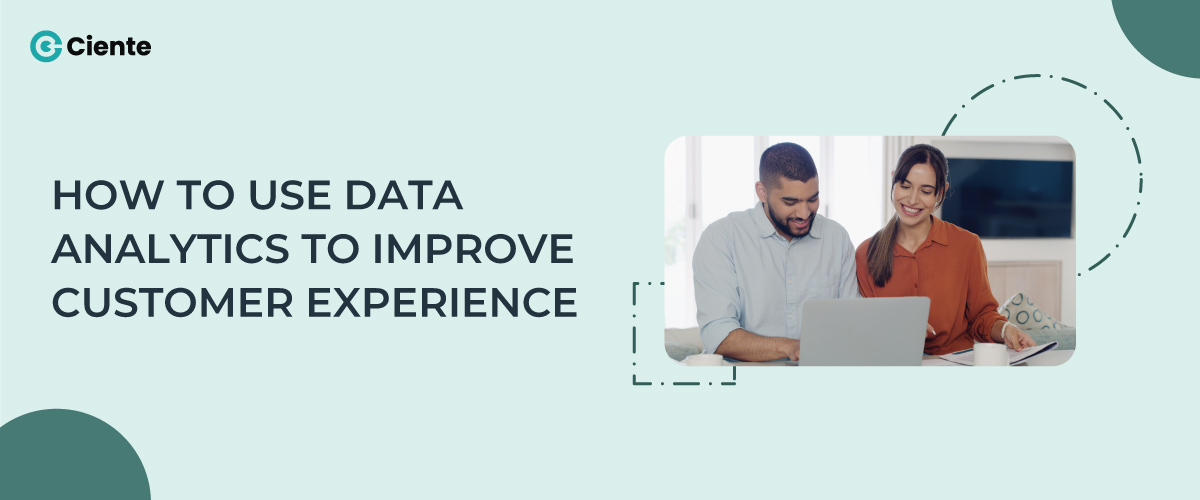Modern times call for modern recruitment processes. Discover how data can enhance an organization’s hiring strategies and make them more effective.
When we look at today’s fast-paced world, the role of recruitment has shifted significantly. Data has allowed it to transform from a strictly transactional role to a complex combination of art and science. Especially with the rising focus on quality rather than quantity when it comes to recruitment, data-driven practices have recently garnered attention. In this article, we’ll dive deep into data-driven recruitment and talk about the what’s, why’s, and how’s of the concept.
So What Is Meant By Data-Driven Recruitment?
Data-driven recruitment has become the norm in modern HR practices, replacing guesswork with definitive conclusions drawn from a mountain of data. But what does it consist of, and how does it fit into the intricate network of modern talent acquisition? Let’s understand in detail –
Data-driven recruiting is an effective method for enhancing the hiring process since it integrates data from a wide variety of sources to improve the overall quality of hiring. It’s more than a strategy; it’s a flourishing idea that puts data at the center of the recruitment procedure, opening the way for a future in which businesses can more effectively foresee and respond to employee demands.
The strategy rests on these key aspects:
- Analytics and Insights: The strategy relies heavily on in-depth analytics that go through data from many sources, such as applicant tracking systems. Keeping up with trends, researching market dynamics, and honing one’s approach are all must-haves in the extremely competitive talent acquisition field.
- Predictive Analysis: Predictive analytics play a role in evaluating candidates’ chances of success, providing a forward-looking perspective on the hiring process.
- Performance Metrics: The focus is squarely on measures that may be acted upon to get a feel for how well specific methods are faring. These metrics, such as time-to-hire and quality-of-hire, are customized to a company’s needs and are more than simply statistics; they are stories that direct continual progress.
- Combining cutting-edge tech: The strategy is a forward-looking method that uses advanced technologies like AI and Machine Learning to automate routine processes, freeing up time for teams to concentrate on what’s truly important: making connections with prospective employees.
- Big Data and Talent Pools: Using technologies like big data, businesses are able to do more than just keep tabs on employees; they can also foresee their future needs and build robust talent pools full of specifics that will make it easier to find the ideal fit in a hurry.
- Competitive Intelligence: Knowing all about the recruitment process is useful in a world where everyone is competing for the best talent, and this is where competitive intelligence comes in. This method promotes an understanding of the competitive landscape, which aids in developing distinctive areas of expertise and standing out to prospective employees.
- Personalized Candidate Experience: As per data from Entrepreneur, 89% of new employees who don’t succeed within the first 18 months struggle with adapting to the work environment. Data-driven recruitment encourages an individualized strategy for candidates by incorporating the tastes and backgrounds of each candidate into the overall structure of the company.
- Compliance and Risk Management: Managing risks and ensuring compliance is essential in today’s ever-changing data landscape. Respect for legal and ethical boundaries is the foundation of an ethical recruitment pathway made possible by a data-driven strategy that guarantees flawless compliance, protecting companies in the process.
Why is Leveraging Data-Driven Strategies Essential in Today’s Recruiting Landscape?
Recruiting teams can profit greatly from adopting data-driven techniques in today’s volatile business environment. If this is the secret to success in modern hiring, why is that? Let’s look at the benefits:
A Strategic Approach
- Real-World Insights: Using real-world data implies that hiring managers may make decisions based on evidence, rather than speculation.
- Error-free Recruitment: Having a complete picture of a candidate’s background and skillset reduces the likelihood of making a bad hire, making for a more efficient recruitment process.
Scalability
- Effective Strategies for Staffing a Large Organization: Team size should reflect the company’s development. If data-driven methods are implemented, the number of open positions can grow without lowering standards for new hires.
- Allocating Resources Efficiently: By avoiding ineffective methods and doubling down on those that work, recruiters can save both time and effort.
Diversity and Acceptance:
- A more diverse and inclusive workforce can be encouraged in the workplace if hidden biases can be uncovered and eliminated with the help of data.
- Data tracking the success or failure of diversity programs can lead to a more welcoming workplace.
Improved Procedures for Candidates
- Customized Experiences: Experiences that are tailored for each individual candidate are a great way to make them feel like they’re not just another number in the recruitment process.
- Positive feedback loops: Staying in touch with applicants allows for instantaneous changes, transforming observations into actions that better the hiring procedure.
Save Money:
- Cost Effectiveness: Budgets are optimized by the use of data gathered from previous years. It is more cost-effective to invest resources where they will have the greatest return on investment if one has a good idea of what works and what doesn’t.
- Errors that could be financially damaging to an organization are less likely to occur if the recruitment process is well-informed. It is more cost-effective and efficient to prevent bad hires from happening in the first place.
Using KPIs to Fine-Tune the Hiring Process
- Improved efficiency and effectiveness through the continuous evolution of recruitment key performance indicators is made achievable through the use of data analytics.
- Predictive analytics: Predictive analytics’ strength is in its capacity to anticipate trends, which enables proactive adjustments to recruitment techniques in response to changing market needs.
Adopting Cutting-Edge Tech for Hiring
The recruitment industry is also adapting to the rapid development of technology. Attracting, evaluating, and bringing new employees on board are all improved thanks to today’s state-of-the-art software. But with so many possibilities and features, it’s hard to choose what to prioritize.
Best Apps for Recruiting:
Software designed for the modern recruitment process serves more purposes than only document filing. The advent of AI has completely altered the playing field. According to recent research, 63% of recruitment managers and talent acquisition experts say AI has enhanced the recruitment process at their firms. It can scan a large number of resumes in a short amount of time, allowing you to focus on only the applications that are truly relevant to your needs.
Furthermore, modern-day Chatbots are more than simply IVRs; they’re often the first point of contact between a company and its customers. They assist with scheduling meetings, answering inquiries, and collecting basic information to make candidates feel valued immediately. Some of the newest hiring technologies may even predict hiring needs based on historical data.
Superior ATS Technology:
The capabilities of today’s Applicant Tracking Systems or ATS go much beyond what the acronym implies. By integrating with other HR systems, ATS provides a 360-degree perspective of a candidate’s experience, allowing recruiters to make more informed decisions.
Modern ATS systems are collaborative by design. Decisions can be made in a spirit of cooperation and with as much information as possible available to all involved in the recruiting process. The ATS has built-in analytic capabilities that can immediately highlight important indicators, such as how long the hiring process takes or which sources produce the best results.
Candidate Relationship Management Tools:
The focus here is on establishing lasting relationships with prospective employees. Use automated touchpoints, such as check-ins or business updates, to keep potential hires engaged with your firm even if they aren’t ready to apply just yet. Additionally, having a pool of pre-qualified applicants at your disposal can drastically cut down on the time it takes to fill cyclical or repeating positions. Moreover, gaining insight into why applicants decline offers or their interview experiences can be priceless for making improvements based on feedback. These resources facilitate the collection and analysis of such comments.
Platforms for Talent Analytics:
Analyzing where your top applicants are coming from will help you target your recruitment marketing efforts, whether they originate on job boards, on LinkedIn, or somewhere else. Additionally, data analysis can help you streamline your interviews by showing you which questions are most informative and which are unnecessary. Recruitment budgeting and planning are also greatly aided by having a comprehensive image of the total cost of recruitment, from posting jobs to conducting interviews.
Conclusion
We are on the threshold of a revolutionary era in hiring, and it is becoming increasingly clear that data is more than simply a useful resource. To guide toward a future where every decision is informed, accurate, and strategic, it is necessary to supplement human intuition with data-driven insights.
Adopting data-driven recruitment is less about following a passing fad and more about preparing for a future that cannot be avoided. Finding the proper talent is only half the difficulty for organizations; the other half is doing it using a process that is resilient, futuristic, and fundamentally human. It’s more than just hiring people; it’s a step-by-step process toward a better tomorrow.





